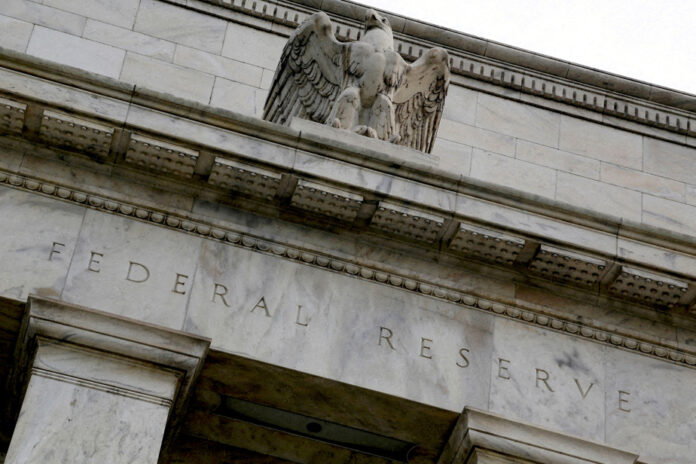(Washington) The American Federal Reserve (Fed) began its meeting on Tuesday, when the banking sector remains shaken by the turbulence, with the will to continue to fight against inflation, in decline, but still well above of the target.
The meeting of the monetary policy committee (FOMC) “started at 10 a.m. as planned”, a spokesman for the central bank told AFP.
Federal Reserve officials have made no secret in recent weeks of the need to continue raising rates, which are currently between 4.75% and 5%, in order to keep pressure on prices and bring inflation back down. towards its 2% target.
However, according to the PCE index, which is taken into account by the Fed, inflation in March, although falling, was still at 4.2%. Moreover, underlying inflation, that is to say excluding energy and food prices and which the institution is monitoring particularly, was at 4.7%.
Markets are overwhelmingly pricing in a quarter-point hike, or 25 basis points, but the decision won’t be known until Wednesday and will be followed by a press conference by Fed Chairman Jerome Powell.
The meeting comes against an increasingly gloomy economic backdrop, with first-quarter growth slowing to just 0.3% from the previous quarter and 1.1% year-on-year.
Moreover, the possibility of a slight recession over the next two quarters is becoming less and less in doubt for the majority of analysts, who only expect a recovery for the last quarter of this year.
All in a financial context marked by the bankruptcy of a new establishment, First Republic, bought over the weekend by the number one in the sector, JPMorgan Chase, after the federal authorities took control.
This is the third bank failure since mid-March, after Silicon Valley Bank (SVB) and Signature, but also one of the largest, in terms of assets controlled, in American history.
The rout of US institutions is linked to poor risk management on the part of their management and errors in their supervision, concluded two reports published Friday by banking regulators.
But their fall was also driven by the rapid rise in interest rates initiated last year by the US central bank (Fed), which mechanically lowered the value of their fixed rate assets.





